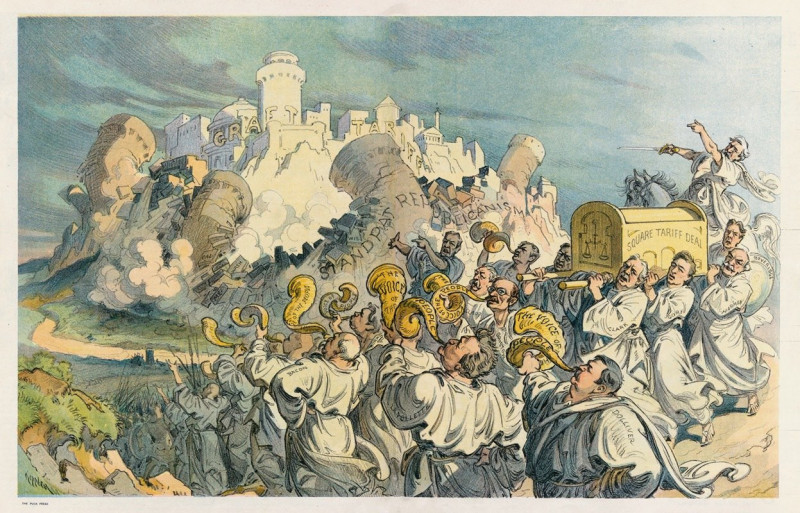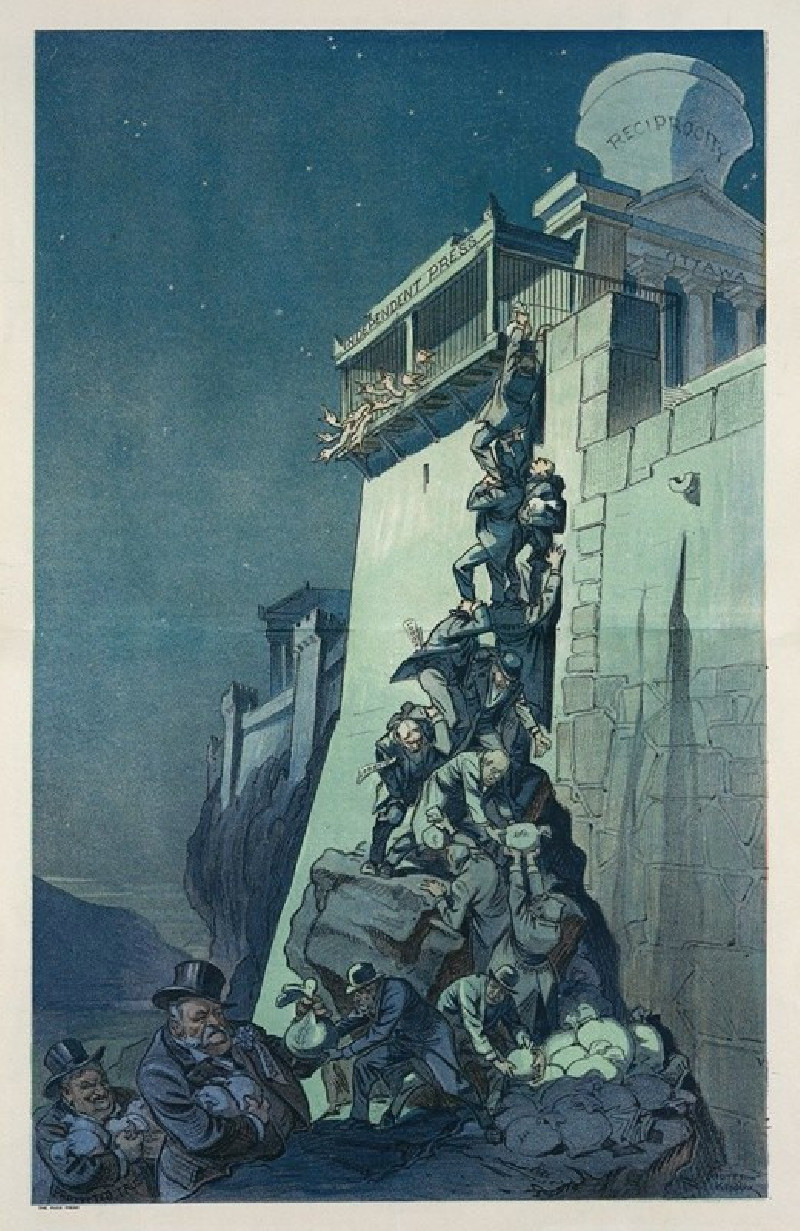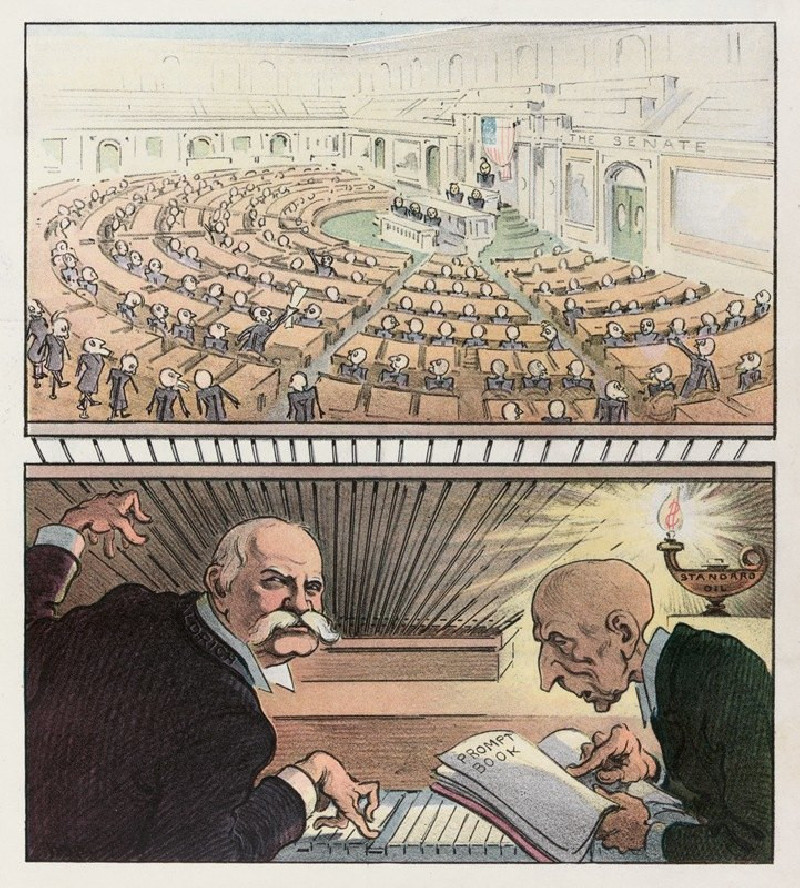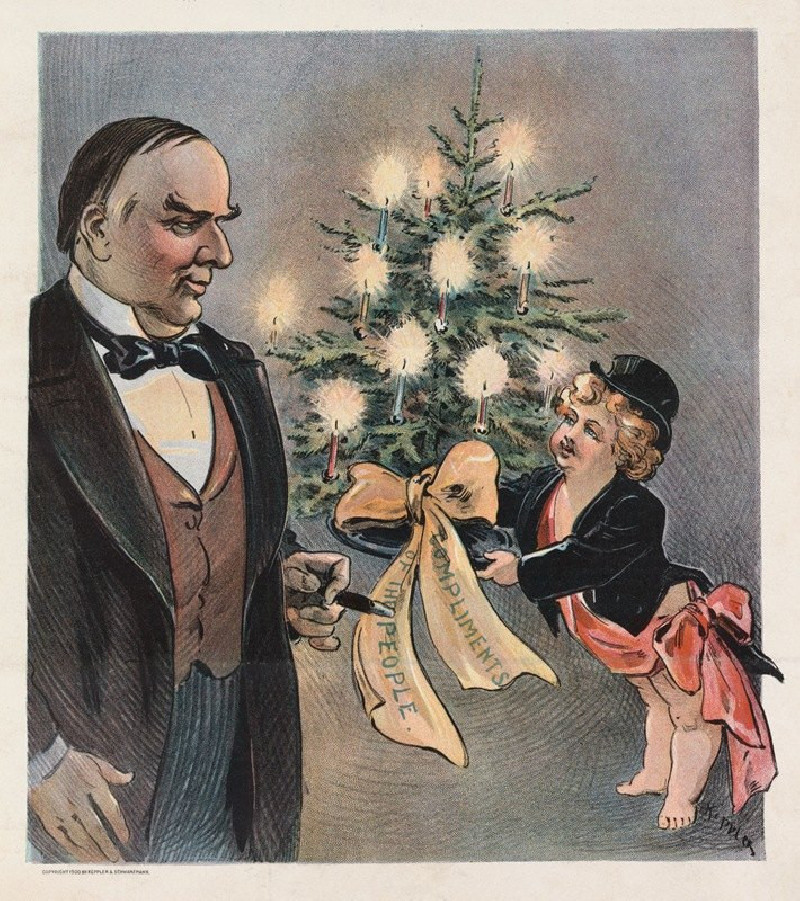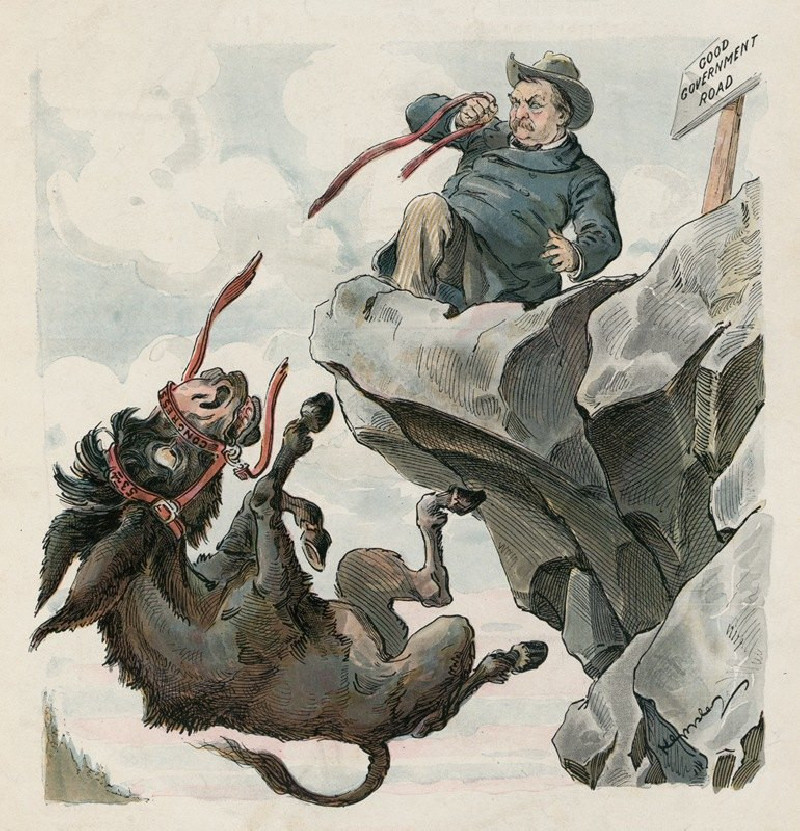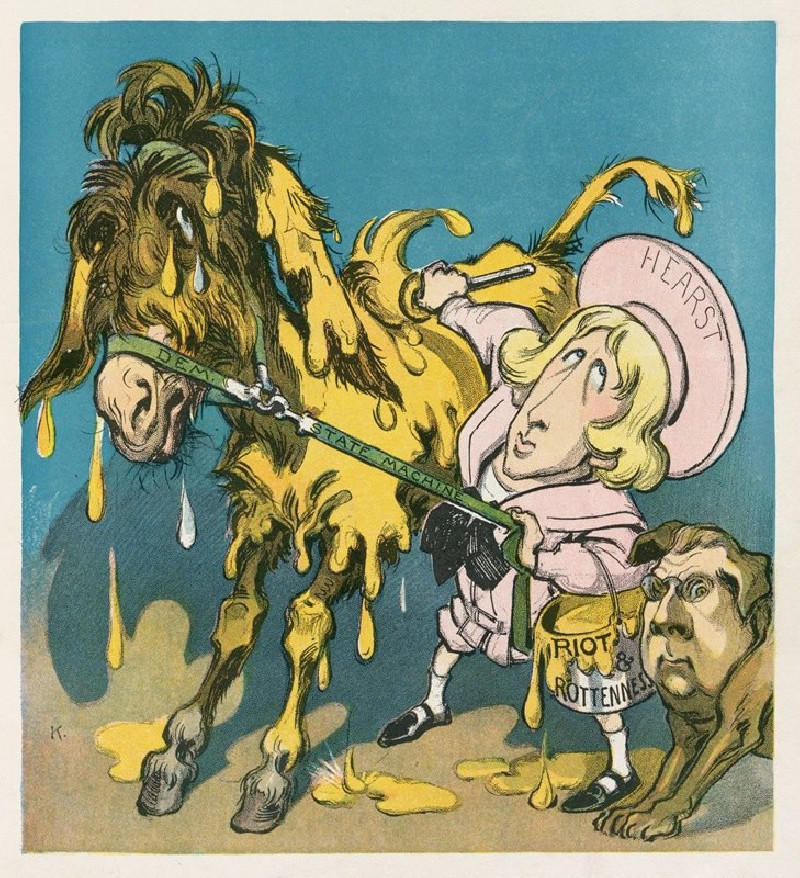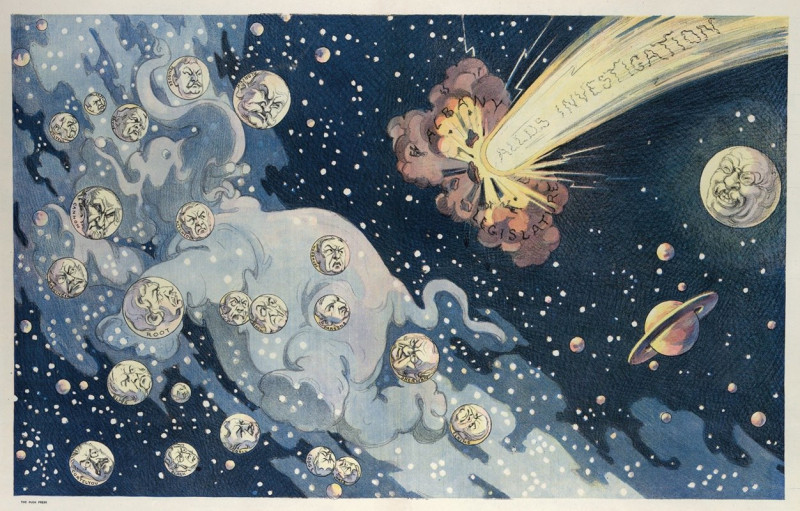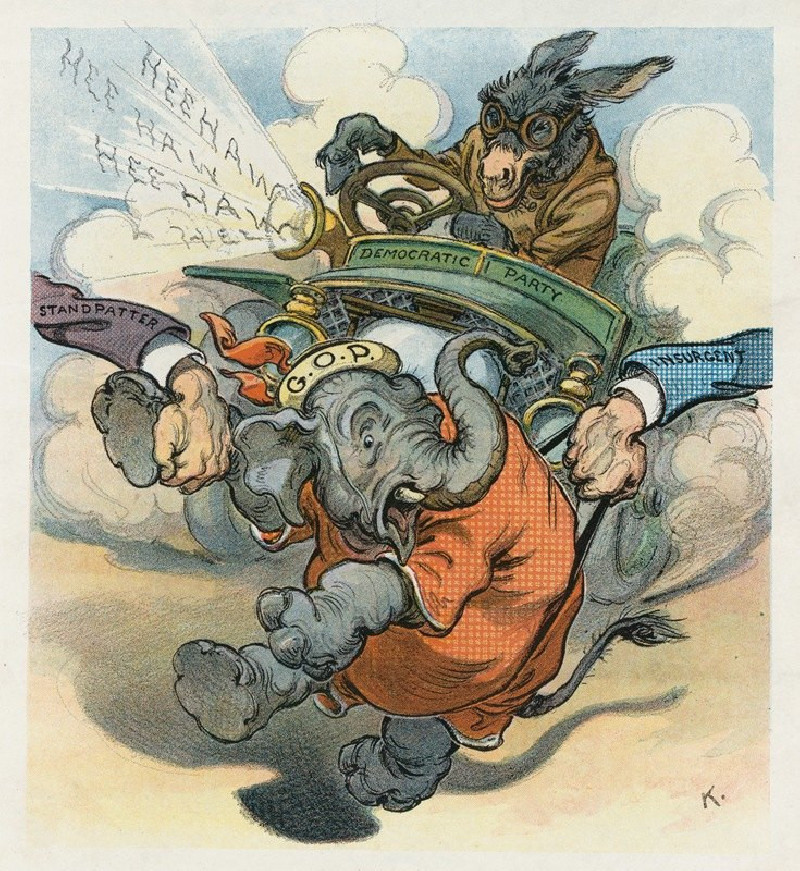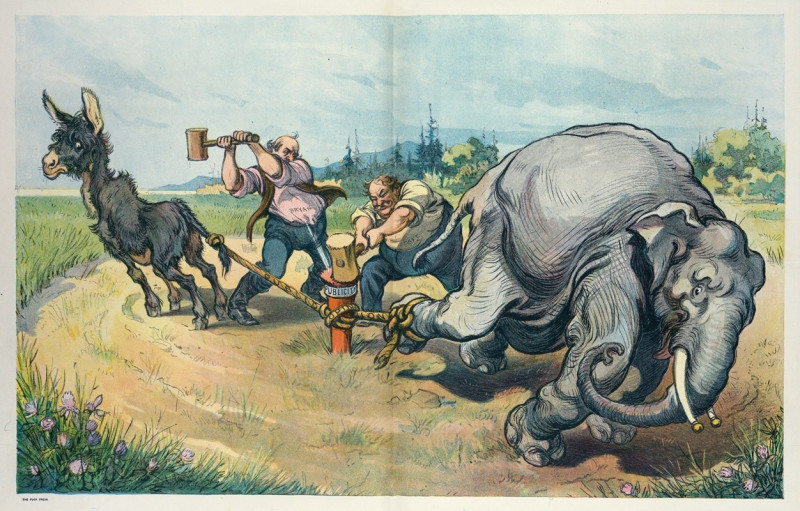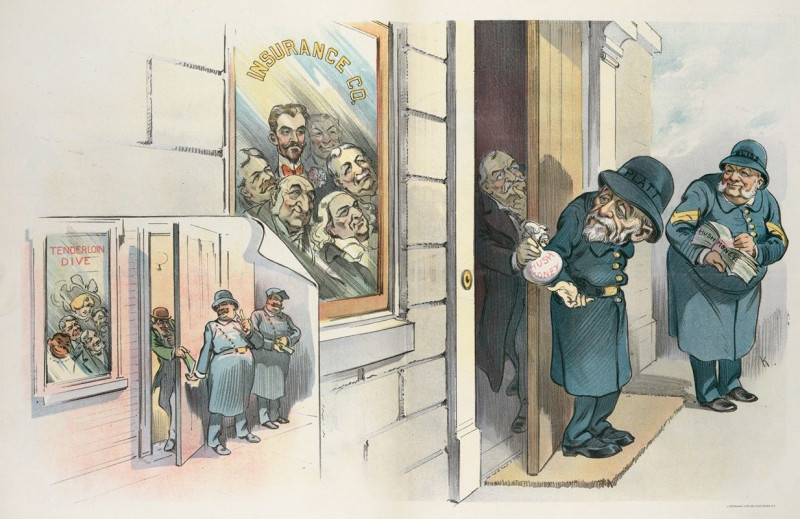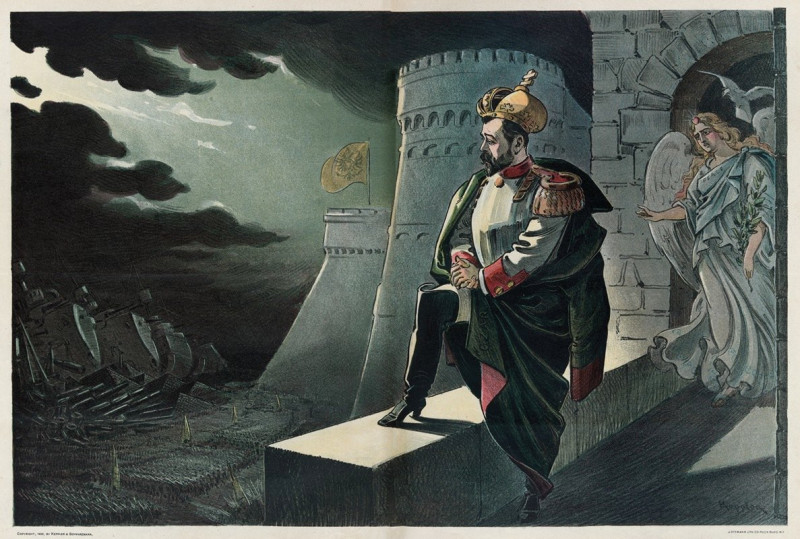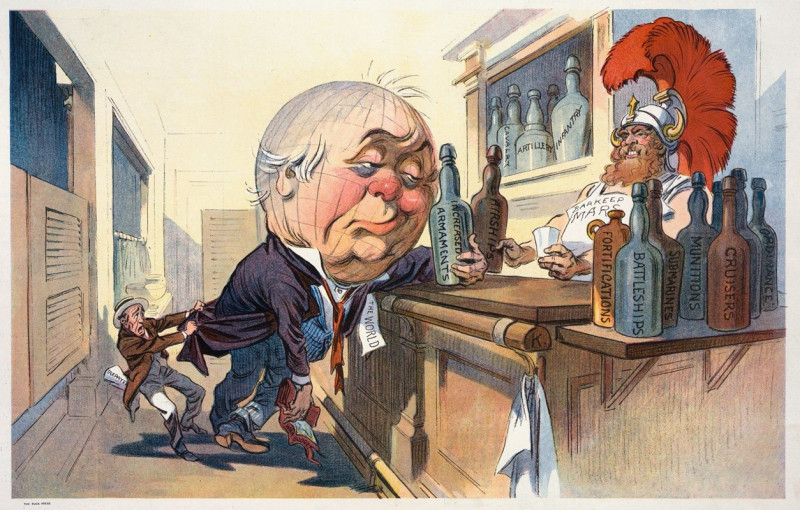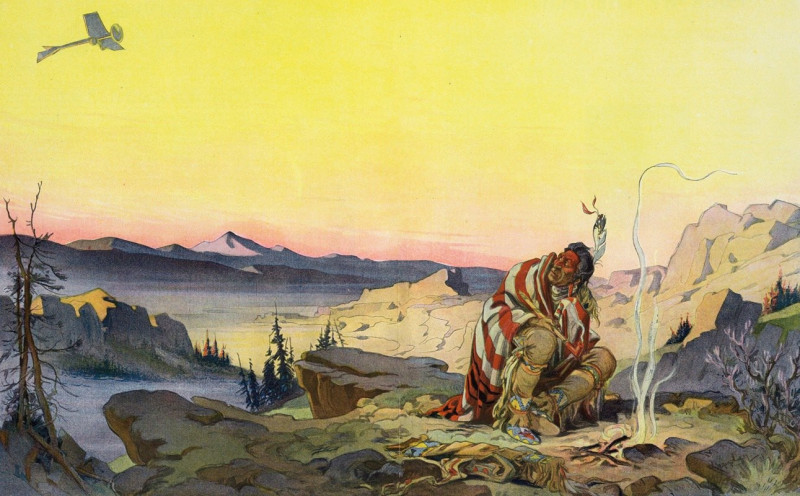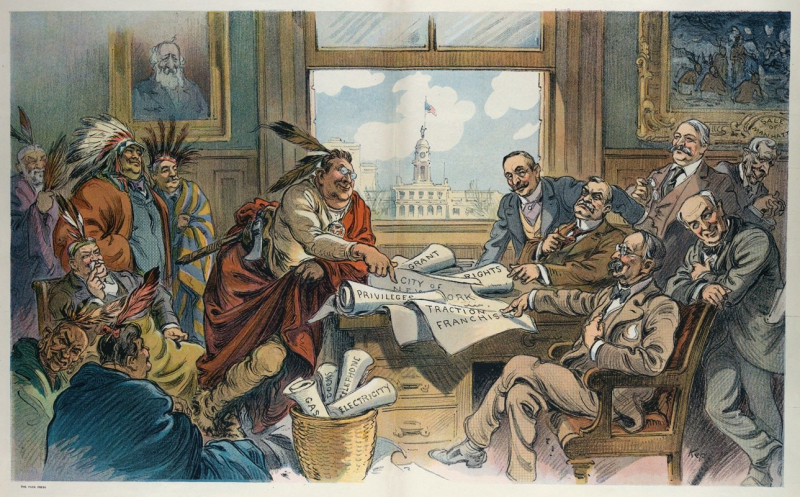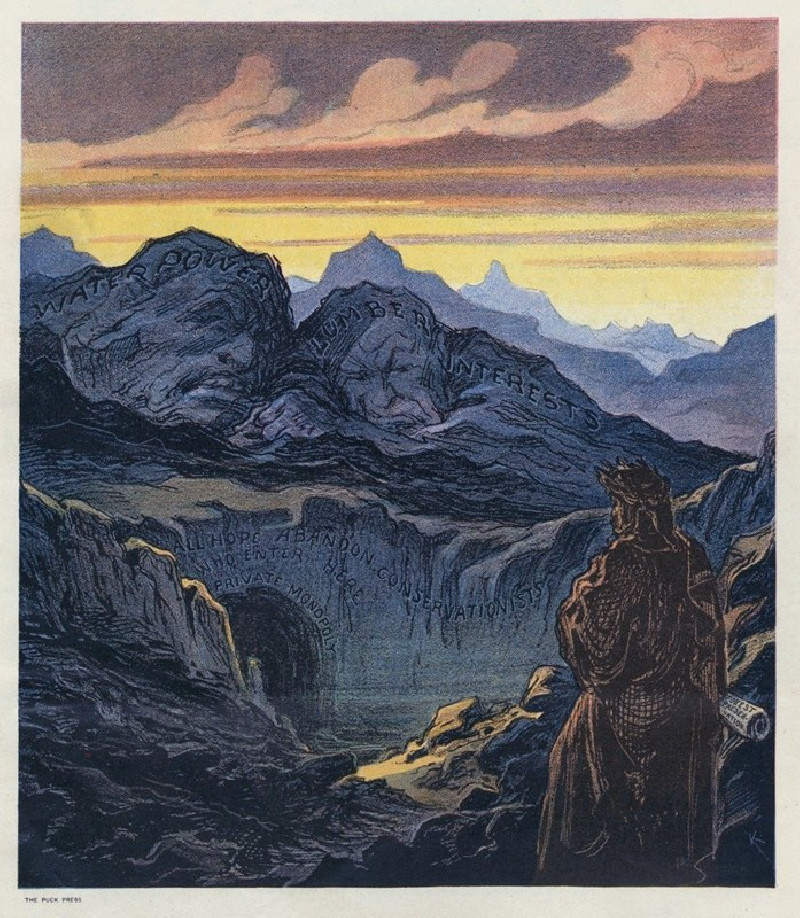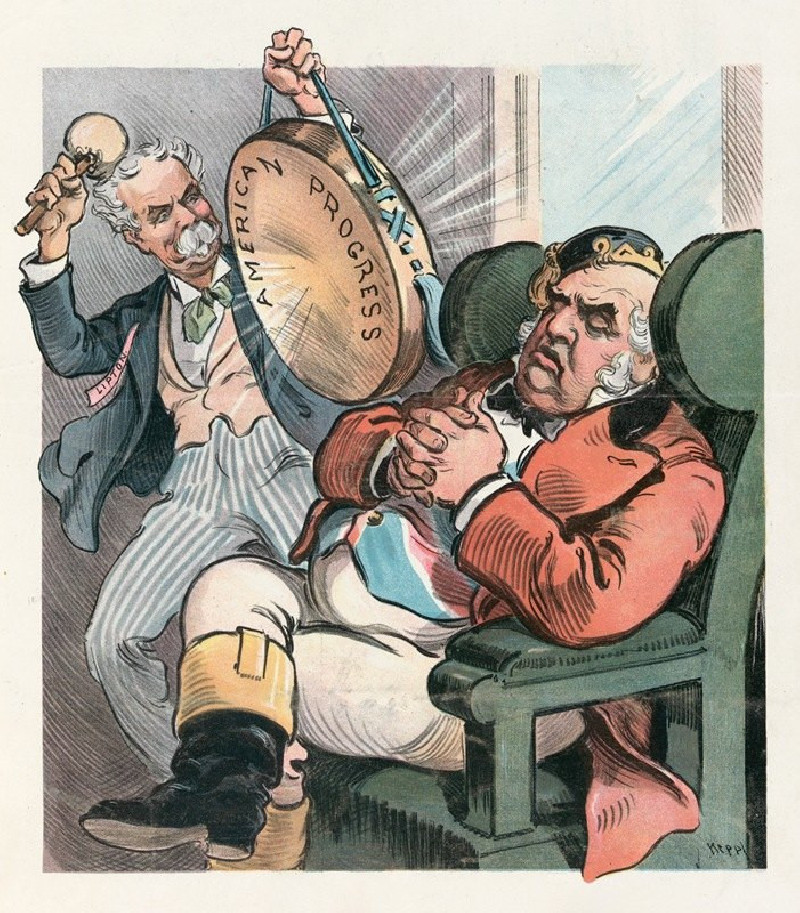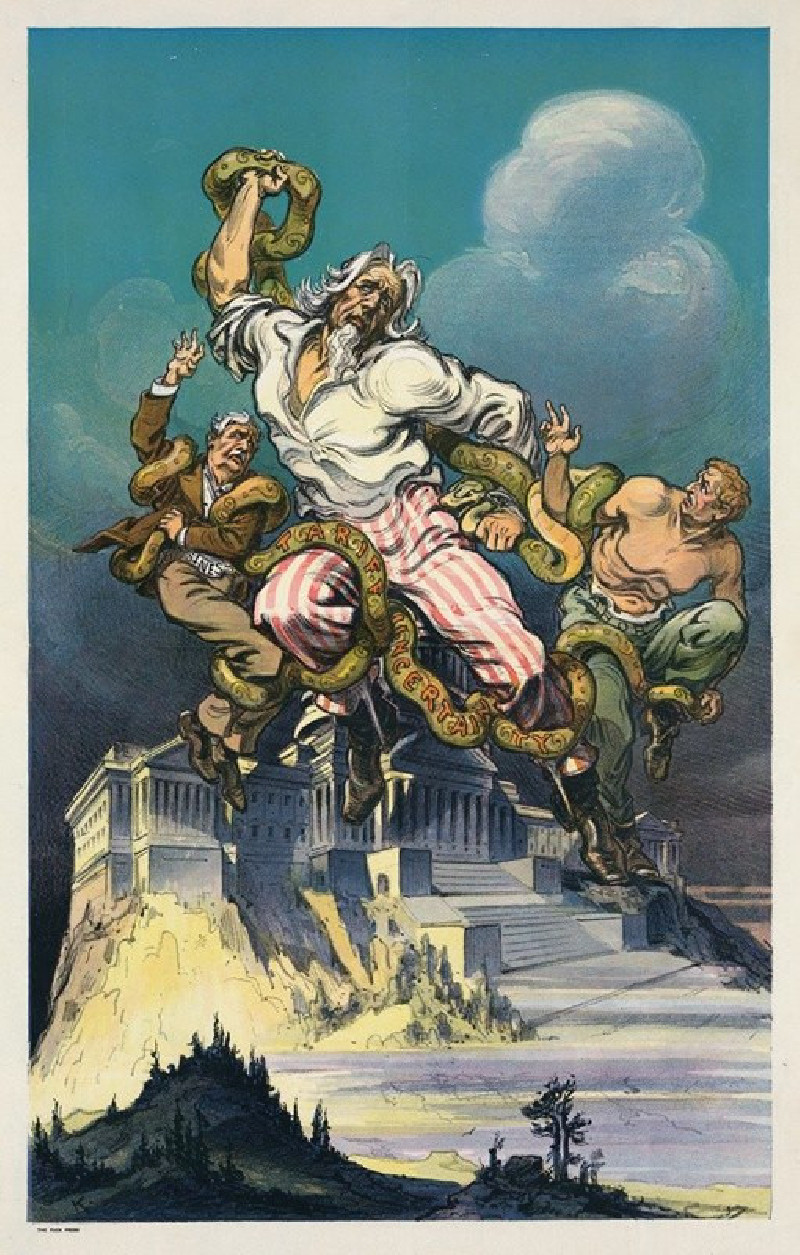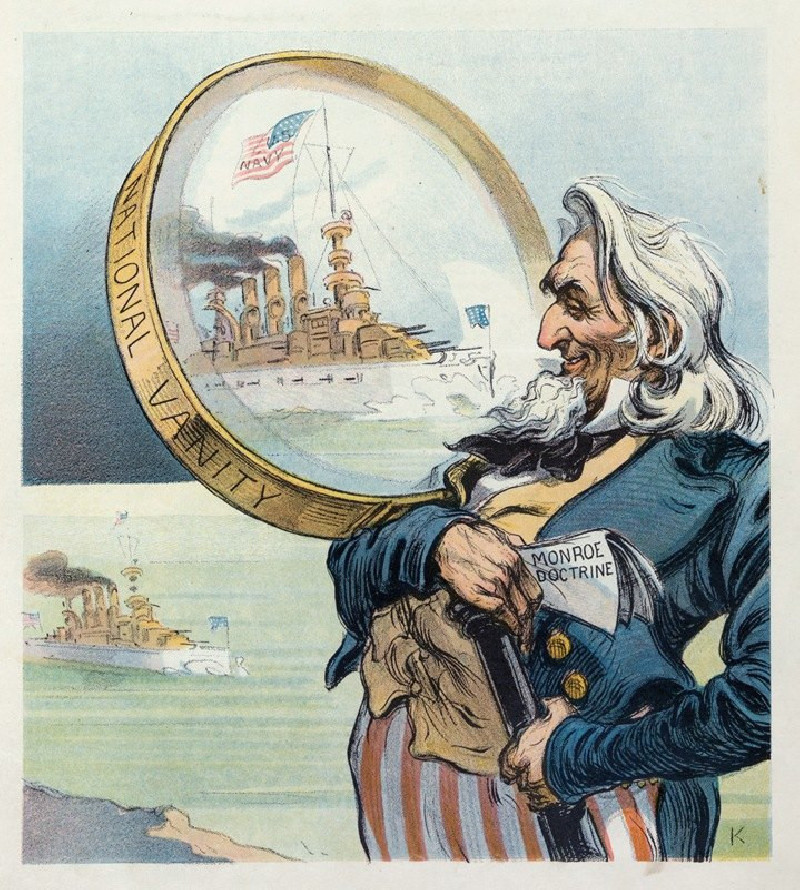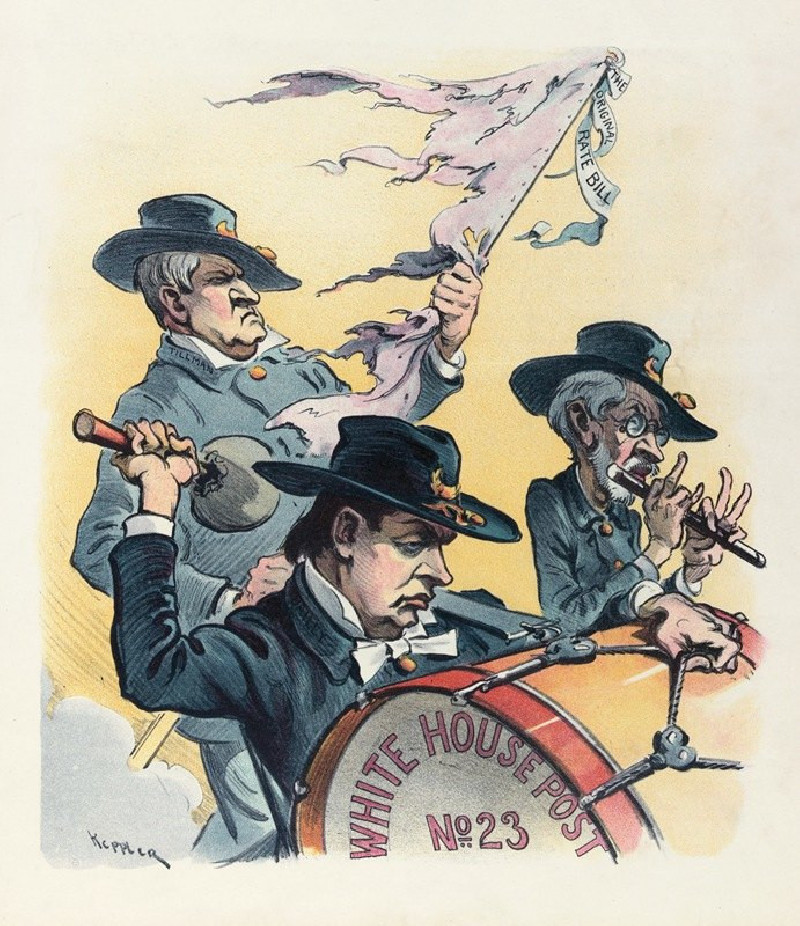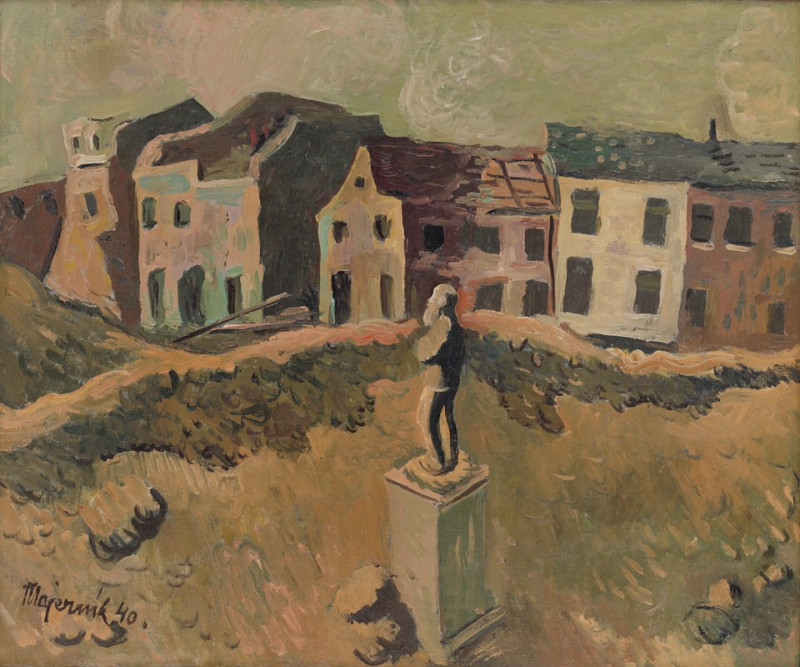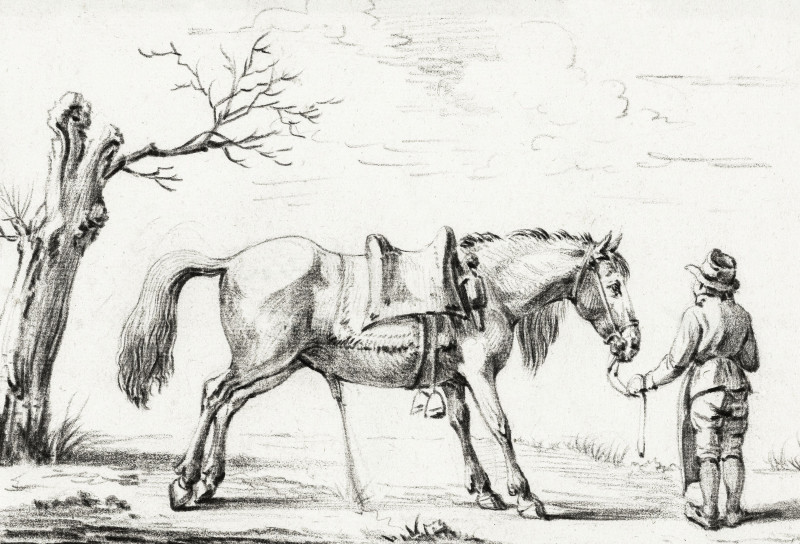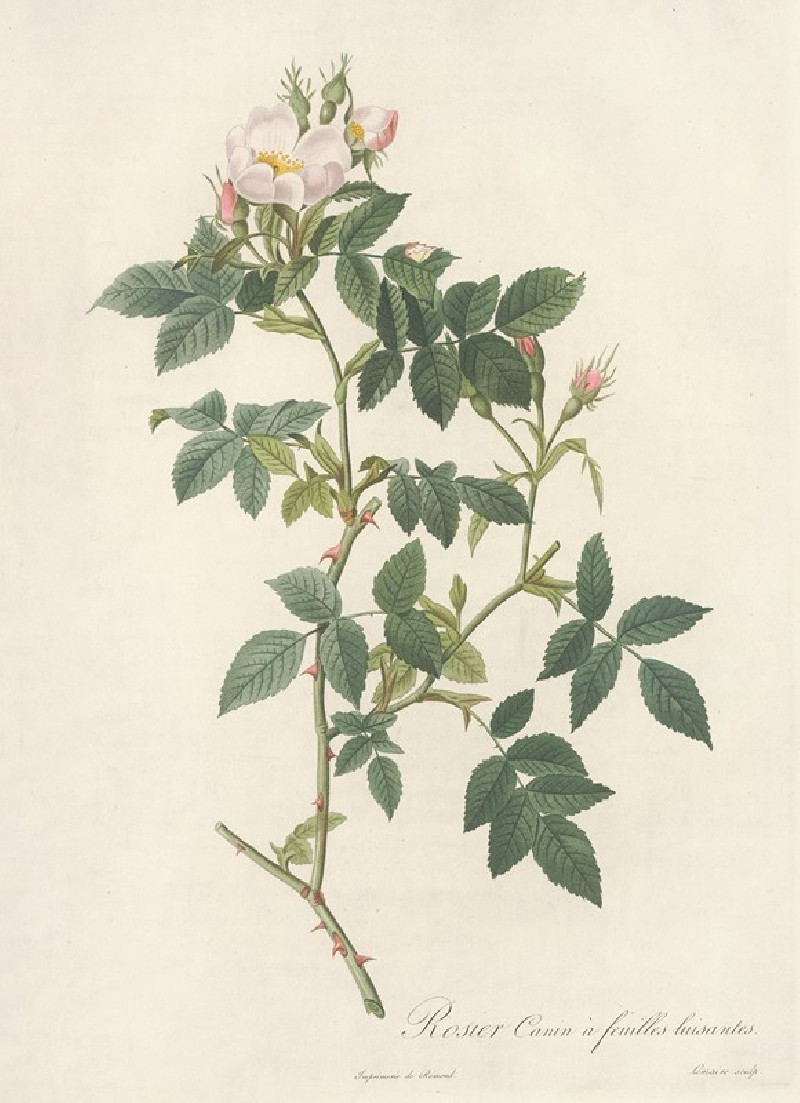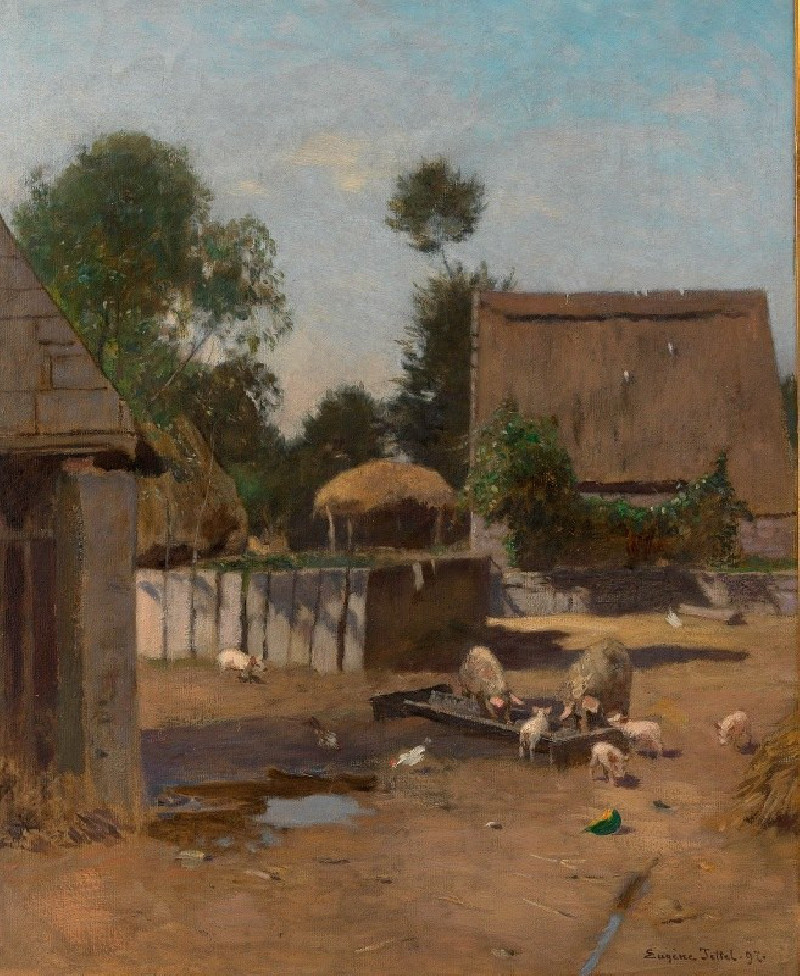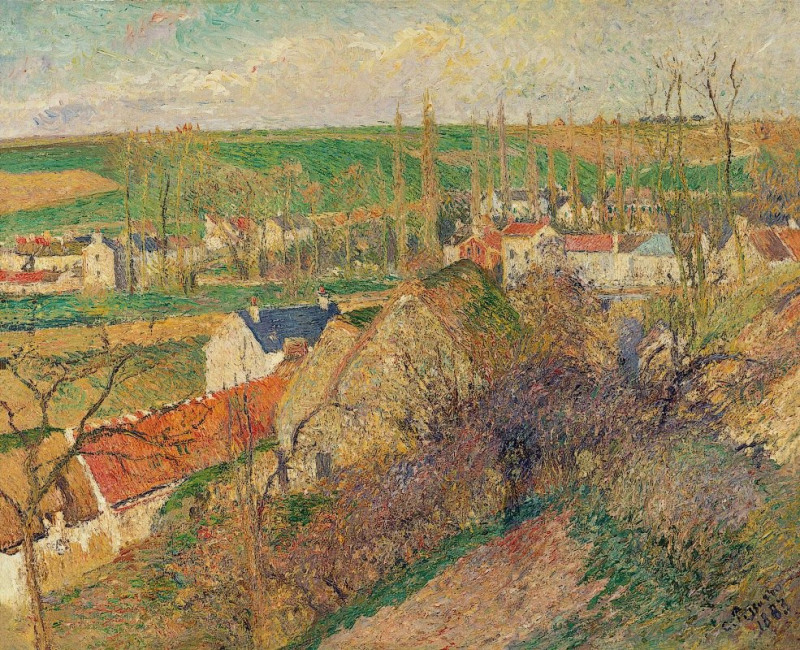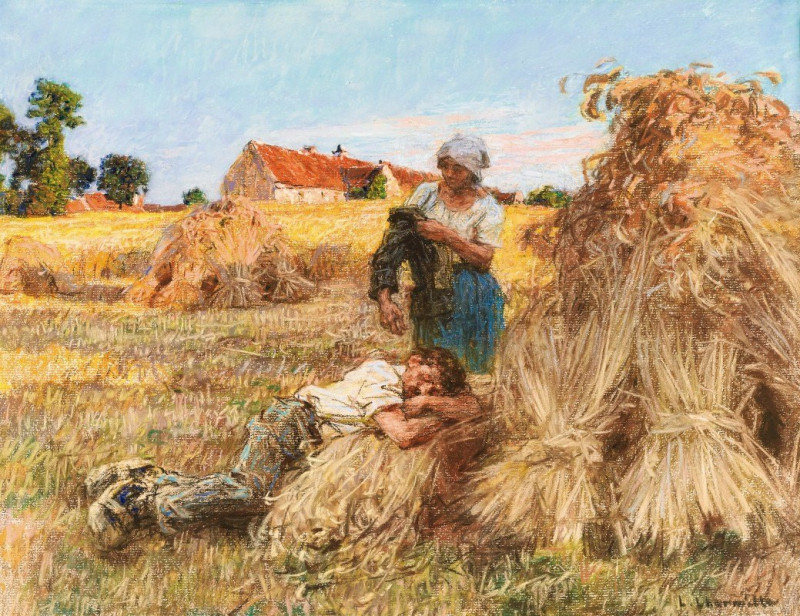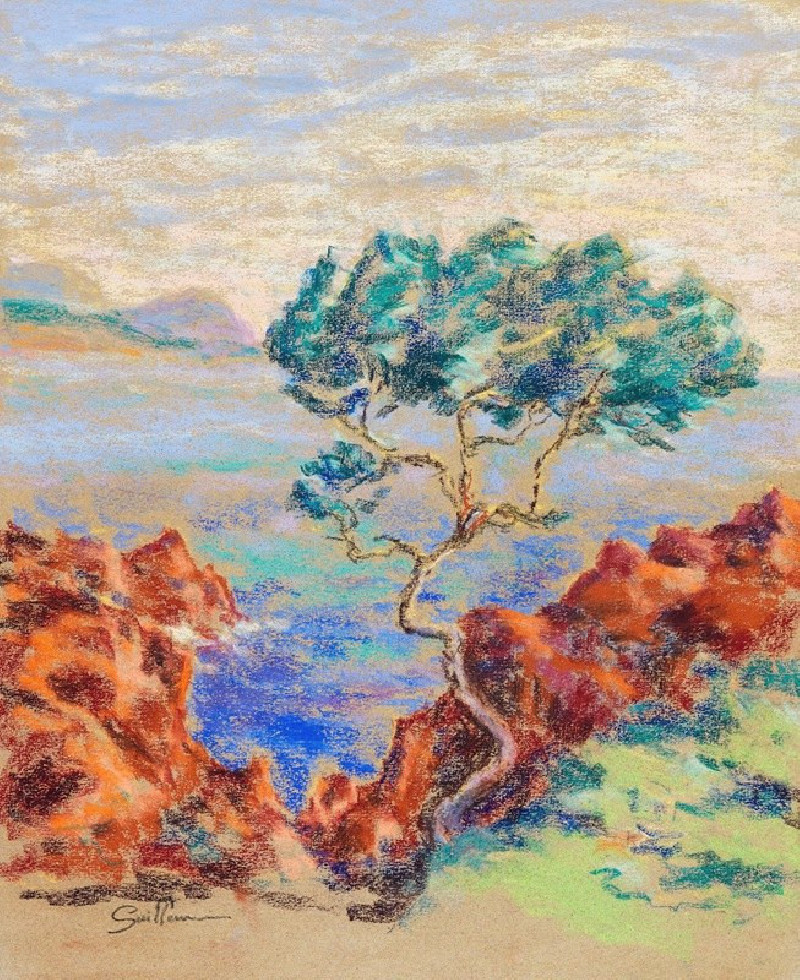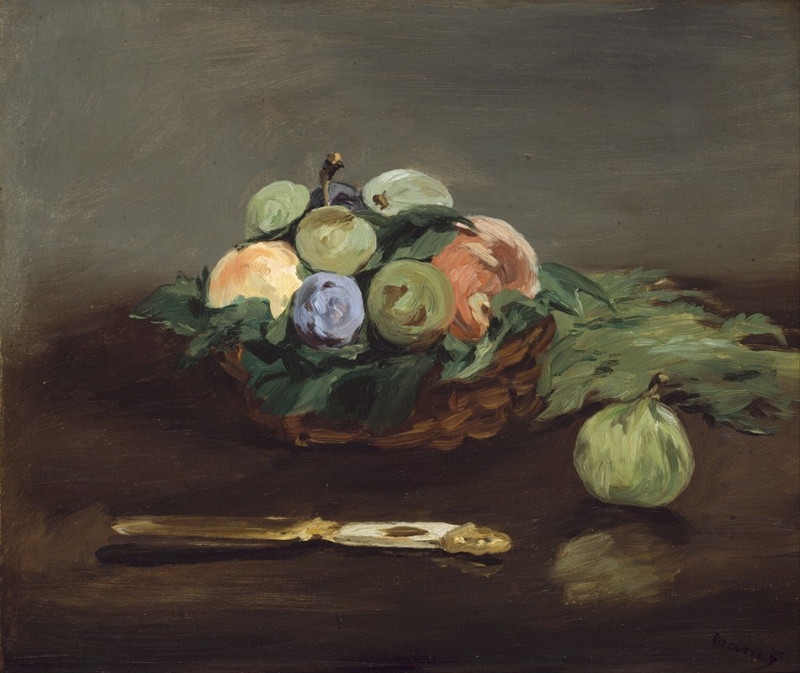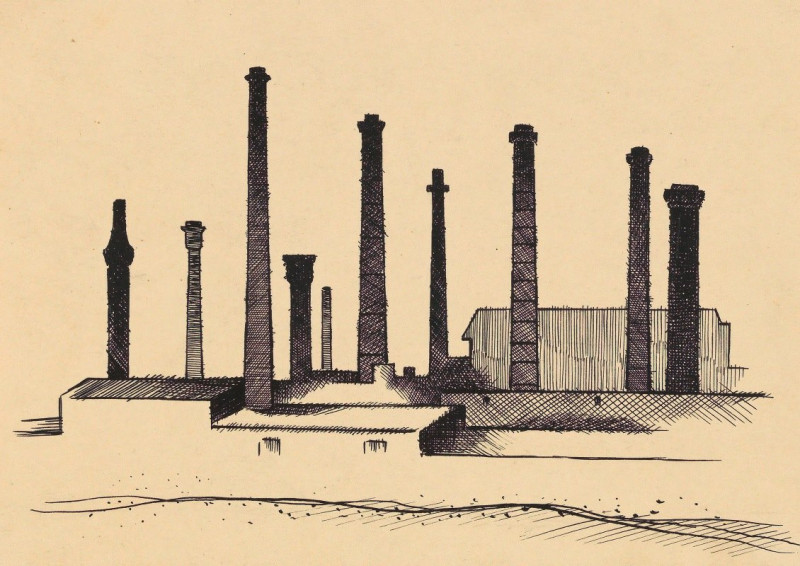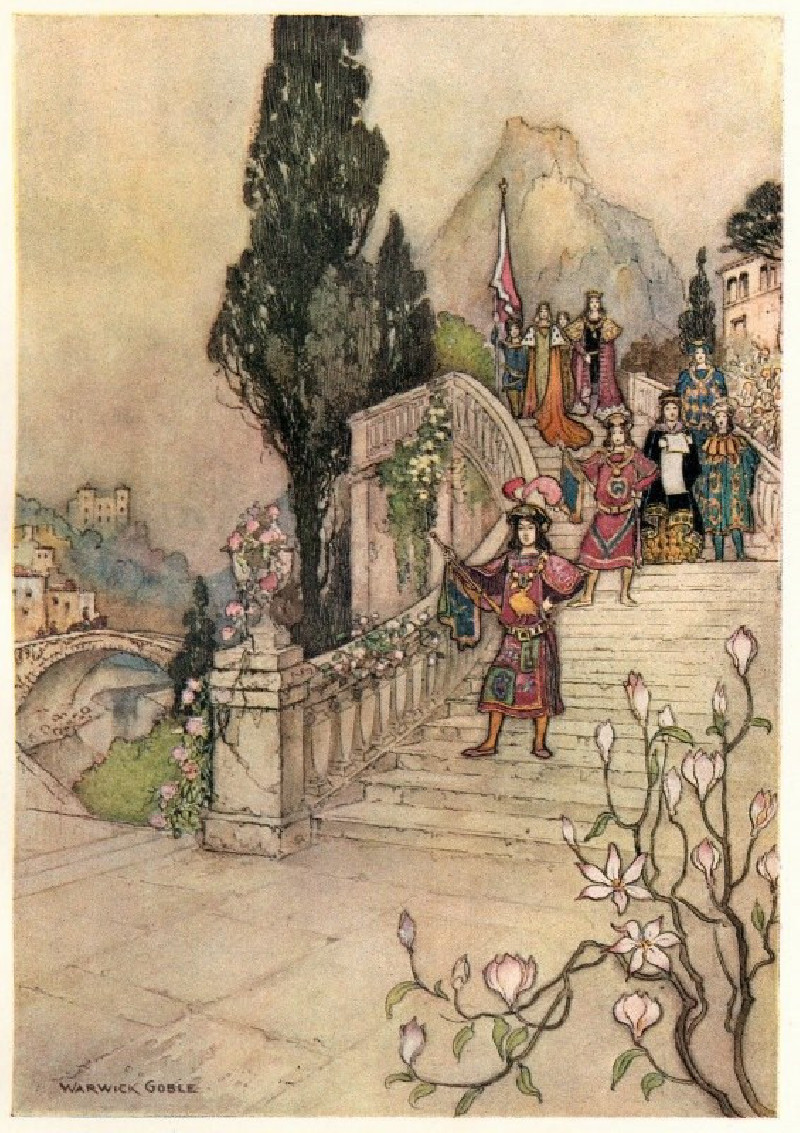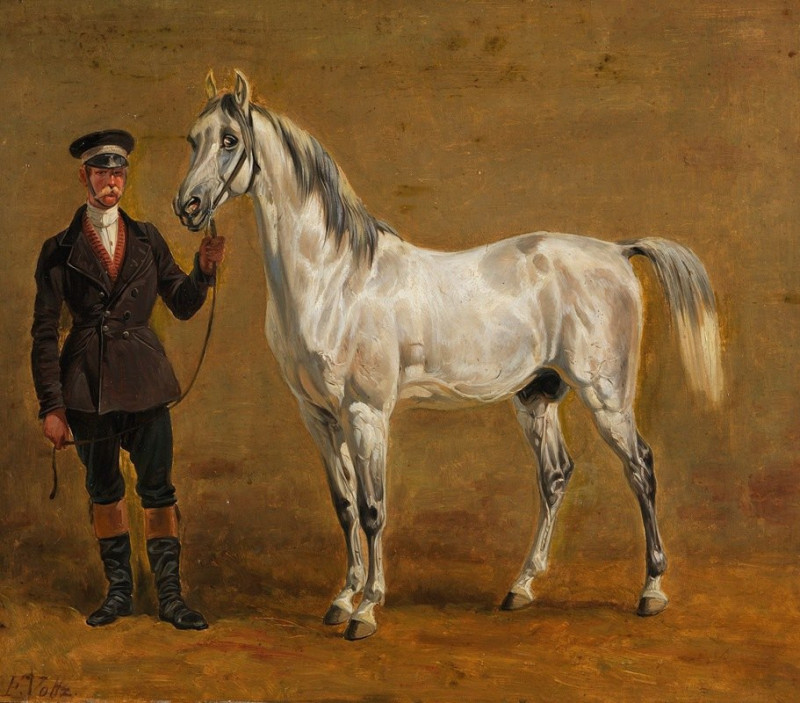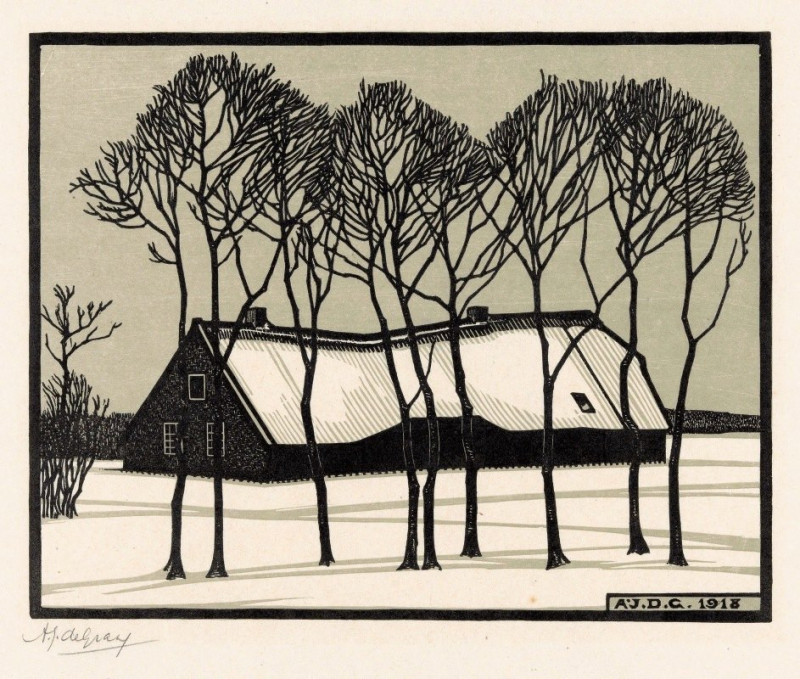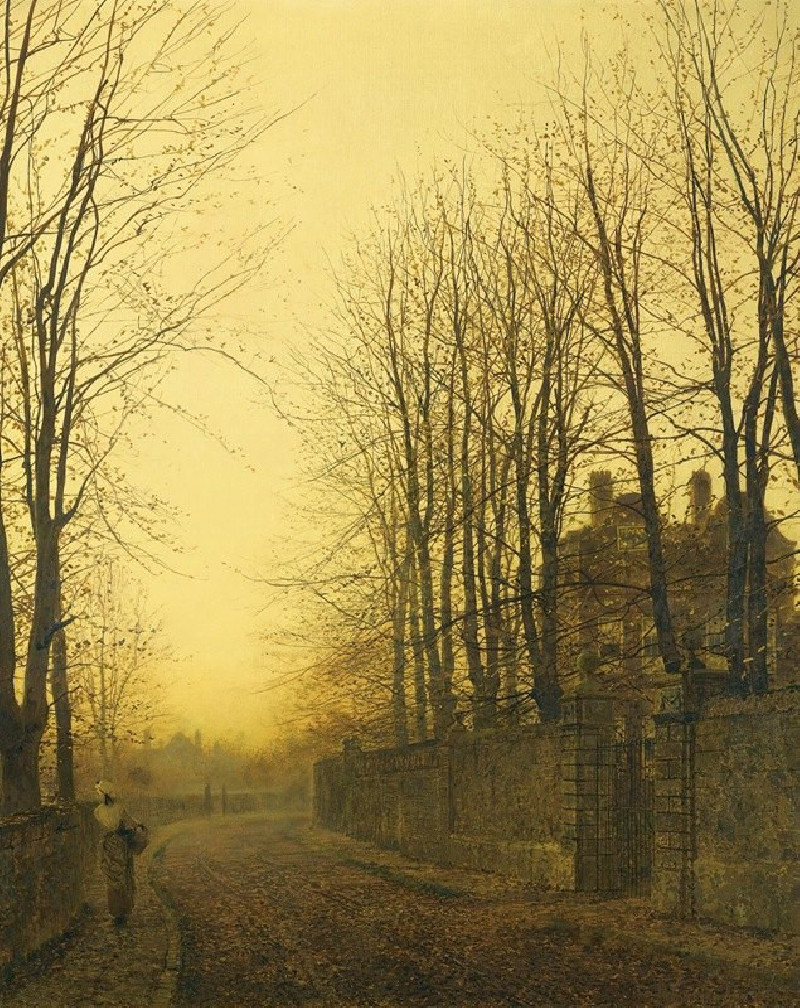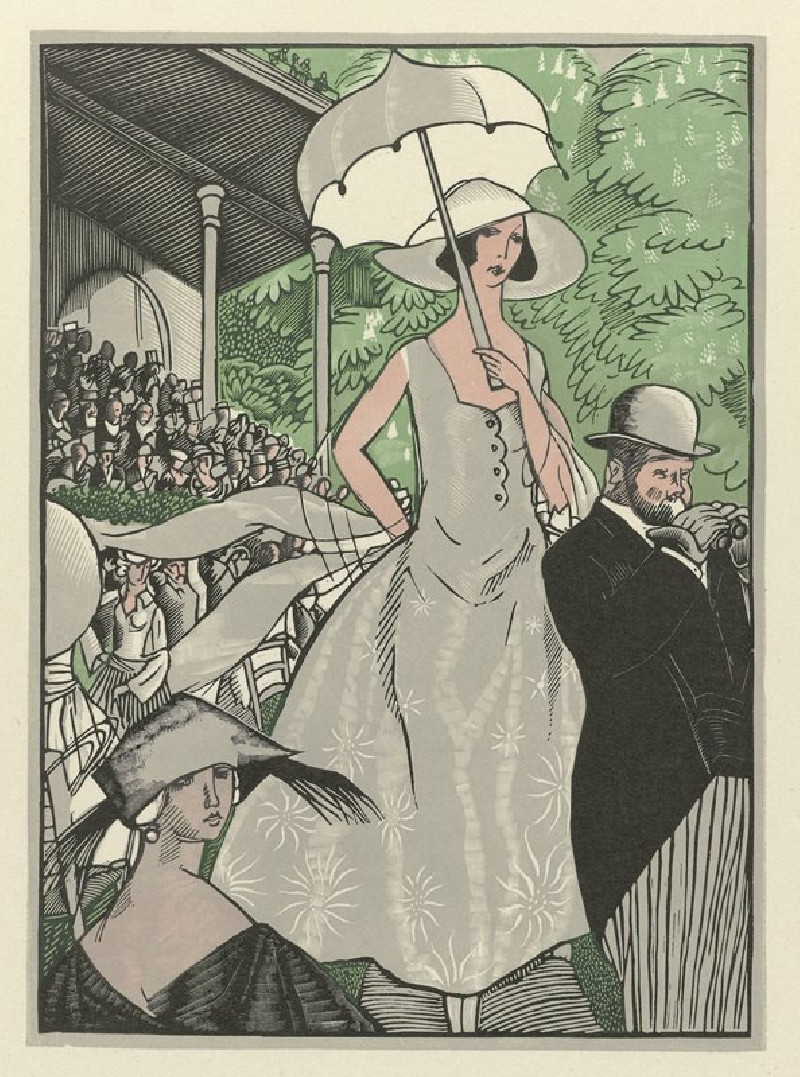The walls of Jericho (1910)
Technique: Giclée quality print
Recommended by our customers
More about this artwork
"The Walls of Jericho" by Udo Keppler, painted in 1910, is a vivid and allegorical representation that captures the political climate of its era through a biblical lens. In this colorful and dynamic scene, the artist illustrates the crumbling walls of a castle marked with words such as "Graft," "Tariffs," and "Protection," symbolizing the destructive impact of corrupt practices and restrictive trade policies on society’s foundations.Central to the composition are figures blowing trumpets labeled with phrases including "The Voice of the People" and "Public Opinion," evoking the biblical story where the walls of Jericho fell at the sound of trumpets. These trumpet-blowers, a metaphor for the collective outcry against injustice and corruption, are depicted as monks, suggesting a moral or spiritual undertaking in their activism.Behind these figures, the fortress, an imposing structure of greed and policy failures, collapses spectacularly into rubble, signifying the inevitable downfall of a system built on corrupt and unfair practices.
Delivery
Returns
Udo J. Keppler, since 1894. known as Joseph Keppler, Jr., was an American political cartoonist, publisher, and Native American advocate. The son of cartoonist Joseph Keppler (1838–1894), who founded Puck magazine, the younger Keppler also contributed to cartoons, and after his father's death became co-owner of the magazine under the name Joseph Keppler. He was also a collector of Native American artifacts.

